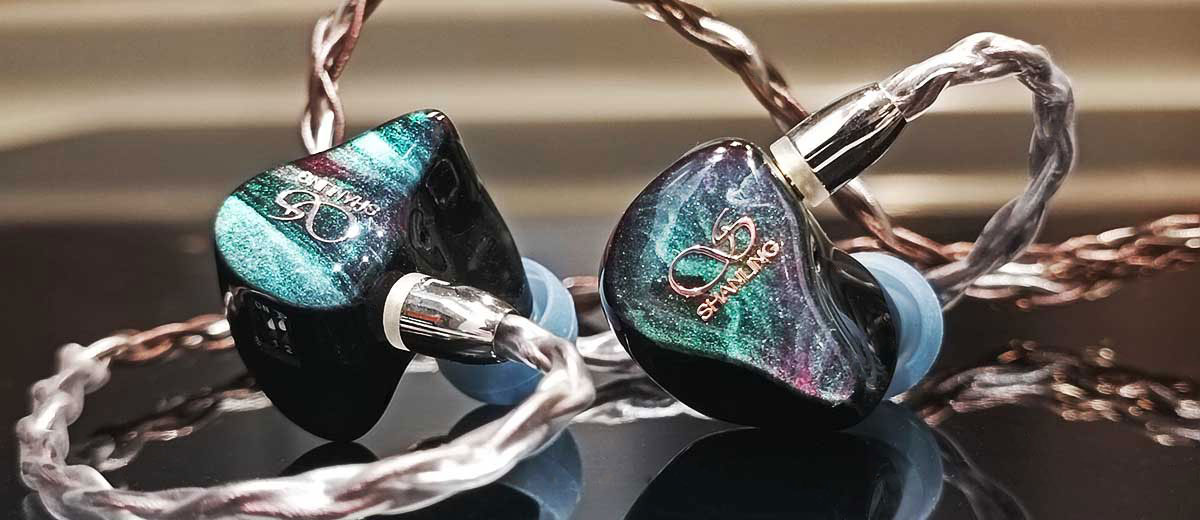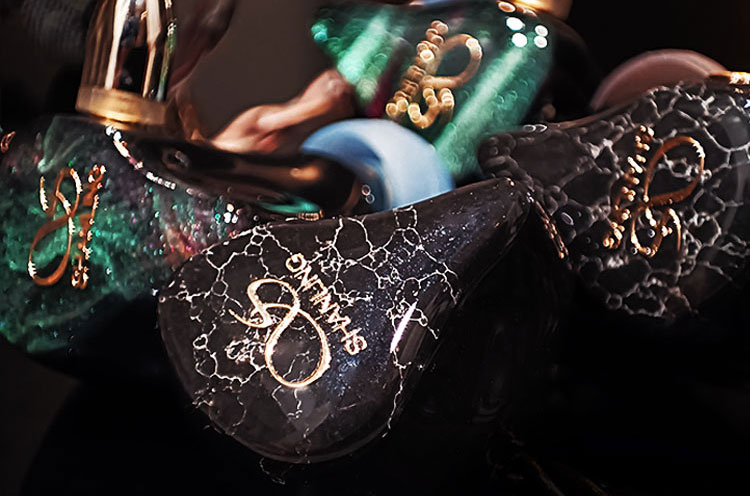Synergy
Efficiency
The ME800 is rated at 16Ω and 122dB SPL and can get quite loud but it requires quite a lot of raw power to unlock its potential.
The two dynamic drivers in the heart of the design particularly require sources like the M9 that possess high output power as well as excellent control in the bass, to drive out the most texture from the bass.
There is little to no faint hissing detected with various powerful daps on low to mid-gain and I am getting good synergy with the M6 Pro, M9, M8, Lotoo Paw Gold, and FiiO M11 Plus LTD. The ME800 also works excellently with desktop amps but smaller dongles may struggle to squeeze out as much current and control.
Pairings
Testing with the Shanling M9, the Vocal tuning with mid-level gain yields the best detail, transparency, and openness, with deep punching lows that are airy and full.
This setup achieves a strong sense of control and extremely detailed mid-bass, as well as polishing the upper frequencies magnificently. The technicalities and transient response in all frequencies are amazing and M9 achieves a balanced yet dynamic output with the ME800, well rounded to be enjoyed with any genre of music.
The ME800 works very well with gears that are rich in texture, strong in control, and balanced in the tuning so the Shanling M6 Pro also falls in line to deliver a grand, decently controlled output that has a good resemblance to the M9’s tuning. It isn’t as powerful, detailed, or strong in technicalities but there is more smoothness, which drives more emotions into the music.
With the FiiO M11 Plus connected the output is flatter and it works well with instrumentals and classical music. The sense of control and texture is not as strong as on the M9, though the M11 Plus has the treble tamed well. On this setup, I find the Vocal tuning profile a great match while I can imagine many may pick over the Warm tuning for its stronger coloration and smoothness.
The ME800 sounds satisfactorily dynamic and resolving on less powerful outputs like the M3X and for other players especially ones that are not as strong in resolution. Putting the ME800 in Clear mode will help bring out more detail and enhance the dynamics by boosting both ends. Overall, it is recommended to pair the ME800 with stronger outputs.
Select Comparisons
Shanling ME700
$559
Technical
The ME700 is the previous generation flagship hybrid 5-driver universal IEM from Shanling. Featuring a single dynamic driver and 4 BA that is superseded by ME800’s dual dynamic driver and 4 BA design.
The ME700 is rated at 18ohm/106dB SPL and looks much less responsive to ME800’s rating, thanks to the smaller, more sensitive drivers on the ME800. Though practically the ME800 is as characterized in tone and requires as much current for the best performance.
On the other hand, the stock cable on the ME800 is more premium and aside from the sonic benefits, it feels softer than the ME700’s stock cable, which tangles up more easily.
Design
The most obvious change in design is the interchangeable connectors on the cable that makes the ME800 much more flexible to match different outputs.
The change to using the new glittery faceplate feels more playful and mesmerizing at the same time. I enjoy looking at it as much as the equally cool faceplate on ME700.
The housing shape with Shanling’s IEM is pretty similar and there is good reason to keep the same form factor as it has already achieved great isolation and comfort proven by the ME700 and ME700 lite.
Performance
The ME700 demonstrated Shanling’s persistence in pursuing a lively and engaging sound that is uniquely dense and smooth. Both require stronger outputs to shine and this character is inherited from the ME700 to the ME800, with some welcoming changes that push the performance and matchability to a new level.
Comparing side by side, ME800’s bass kicks deeper and stronger. The midrange frequencies’ intensity is also stronger than the ME700 and it is richer in details, also as dynamics, especially in the low end.
There is a greater balance between frequencies on the ME800 and so its comprehensive performance is much stronger and doesn’t lean only to the bass, adding clear, defined treble and stronger transients and sounds much more completed.
In general, ME800 sounds more defined and controlled, and is more loyal to the original recording, also preserving more air with enhanced control in the low end. It seems to have combined ME700 and ME700 Lite’s merits and could handle more effortlessly different genres of music.
Dethonray Tender 1
$639
Technical
The Dethonray Tender 1 is Dethonray’s first IEM with a fast 10mm planar magnetic driver universal in-ear monitor with CMF-processed, aviation-grade aluminum housing for better control of resonance.
The Tender 1 measures 28Ω in impedance and 98dB SPL, which is quite a bit more power-hungry on paper when compared to the ME800 which has a lower 16Ω and 112dB SPL rating.
Design
The Tender 1 is carved from aviation-grade aluminum alloy with a fine sandblasted finish is applied. It does not look like conventional planar IEMs and the build is smooth and decent in quality.
The ME800 in comparison feels more like a custom IEM in universal housing, being built with resin and comes with a hand-made faceplate. This makes the ME800 more artistic when putting with Tender 1’s more industrial approach.
What sets them apart is the switchable design on ME800 that allows more flexibility. Also, the stock cable, which is silver in Tender 1’s case while ME800’s stock cable with Furukawa cores supports a 2.5mm/4.4mm/3.5mm connection.
Performance
Here I selected the M9 to test since both IEMs since they require a lot of power and current to drive. Although the two designs are very different in nature and configuration, both aim for a denser midrange and strong transients.
The Dethonray Tender 1 achieves an organic, overall smoother response but falls short in detail retrieval power compared to the ME800’s 6 driver capability.
With pops and jazz, Tender 1 sounds smoother and holographic with its responsive planar design and is bigger in its staging. It is also more balanced in tuning when driven properly and has a more extended stage that could accommodate an orchestra without feeling congested.
However, with regards to defining microdetail, especially in the treble, the dedicated drivers assigned under the crossover on the ME800 give it an advantage. Although the ME800 may sound more confined, it is actually more precise and accurate with fewer colorings and is able to resolve more layers within a particular frequency range.
Our Verdict
The ME800 delivers an excellent transient performance in the low end with a highly versatile, yet practical, user-configurable tuning suite for excellent flexibility for pairing with sources.
It also comes with a much nicer 8-braid stock cable with interchangeable plugs and Furukawa Single Crystal cores. The distinct vocal richness and authority alongside great clarity are one of a kind and I would consider the whole package a big step up from the previous generation flagship product ME700.
The ME800 checks all the boxes including unique tuning character, design, premium stock cable, and value and I honestly feel like it is underpriced. For those who seek big, intense bass with excellent control and clarity, do not overlook the ME800.
Shanling ME800 Specifications
- 6 Driver Hybrid design
- Impedance 16ohm
- Sensitivity 112 dB
- Frequency response 20 – 40000Hz









